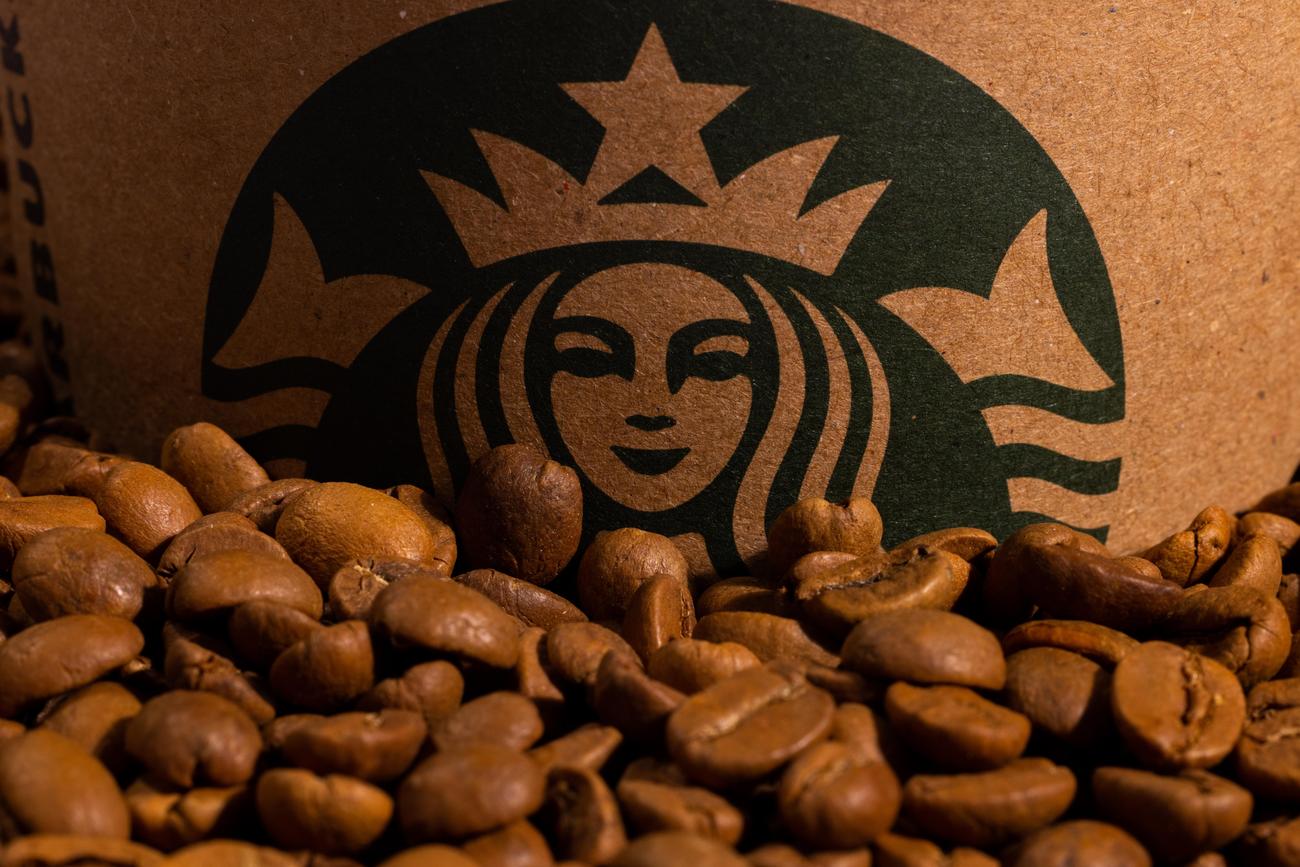Welcome to “Discover Fascinating Fun Facts About Pecans,” where we dive into the rich history of these beloved nuts. As we explore the journey of pecans, from their ancient origins to their modern-day significance, we’ll uncover intriguing details that showcase the unique allure of this versatile ingredient. From their role in Native American traditions to their impressive health benefits, join us on this exploration of the captivating history of pecans.

Fun Facts About Pecans
Pecans, those delicious nuts we often associate with pecan pie and crunchy toppings, have a fascinating history and a multitude of interesting characteristics. Let’s dive into the world of pecans and uncover some fun facts that will leave you with a newfound appreciation for these versatile nuts.
1. A Nut with a Tough Shell
The word “pecan” originates from an Algonquian word meaning a nut that requires a stone to crack. And indeed, cracking open a pecan can sometimes be a challenge! But did you know that if you were to stack 11,624 pecans end to end, they would reach the top of the Empire State Building? Now that’s a towering pile of nuts!
“The name ‘pecan’ itself reflects the incredible strength and resilience of these nuts, as cracking them open can be no easy feat.”
2. The Pride of Texas
In 1919, Texas declared the pecan tree as its state tree, recognizing the significant role this nut plays in the state’s agricultural landscape. With vast pecan orchards stretching across the Lone Star State, Texas stands proud as a major producer of these delectable nuts.
“In Texas, pecans reign supreme, with the majestic pecan tree proudly representing the state’s rich agricultural heritage.”
3. A French Twist in New Orleans
Can you imagine a world without pecan pie? Well, you can thank the French settlers in New Orleans for the creation of this delectable dessert. It’s no wonder that they fell in love with pecans, as an average pecan pie uses about 78 pecans as its flavorful centerpiece.
“Indulge your taste buds with the buttery goodness of pecan pie, a culinary treasure born out of the French settlers’ ingenuity.”
4. Not Just Nutty, But Woody
While we savor the taste of pecans, it’s worth noting that pecan trees offer more than just delicious nuts. Pecans are a species of hickory, and their wood is highly valued in furniture-making, hardwood flooring, and even as flavoring fuel for smoking meats.
“Beyond nourishing our bodies with their delectable nuts, pecan trees find their place in the world of carpentry and adding a unique, smoky flavor to our culinary endeavors.”
5. Patience is a Pecan Tree
Growing a pecan tree requires patience, as it takes approximately 12 years for a pecan tree to fully mature. However, the wait is well worth it, as these majestic trees can live and remain productive for over 200 years. Talk about longevity!
“In a world where everything moves at a fast pace, pecan trees gracefully remind us of the beauty and rewards that come from embracing patience.”
6. Sizing Up the Pecan
Pecans come in various sizes, ranging from mammoth to extra small. Whether you prefer the grandeur of a mammoth pecan or the delicate crunch of an extra small one, there’s a size for every nut lover.
“From colossal to petite, pecans cater to all appetites, offering a delightful crunch in each bite, no matter how big or small.”
7. A Thousand Tastes and More
Just like there are countless flavors of ice cream, so too are there over 1,000 varieties of pecans. Each cultivar carries its own unique characteristics, showcasing the vast diversity hidden within these humble nuts.
“Prepare to be enchanted by the kaleidoscope of flavors and textures that pecans offer, with each variety telling its own delicious tale.”
8. A Shell of Great Efficiency
Imagine the sheer magnitude of pecan processing. Some large pecan shellers can handle a staggering 150,000 pounds of pecans per day, carefully cracking each shell to reveal the golden treasure within.
“Behold the awe-inspiring machinery that tirelessly cracks pecan shells, unveiling the edible gem hidden within, ensuring a steady supply of these cherished nuts.”
9. Pecans and Their Nutty Cousins
When it comes to family, pecans are related to walnuts. However, these delightful nuts have a sweeter flavor and a higher fat content that sets them apart from their nutty relatives.
“While pecans and walnuts may be siblings in the nut family, pecans have carved out their own unique identity with a luscious sweetness that makes them irresistible.”
10. Handle with Care
Due to their oily composition, pecans can become rancid quickly in warm temperatures and high humidity. So, it’s important to store them properly to keep their fresh, buttery flavor intact.
“Treat pecans like delicate jewels, preserving their freshness by shielding them from the heat and humidity that could dull their lustrous flavor.”
As you can see, the world of pecans is rich with history, fascinating details, and mouthwatering flavors. From their tough shells to their delectable use in pecan pie, these nuts have secured their place in the culinary world and our hearts.
So, the next time you enjoy the satisfying crunch of a pecan or savor the delightful sweetness of pecan pie, remember the intriguing journey these nuts have taken to reach your plate!
[Table: Placeholder for any relevant table about pecans and their varieties.]
Fun facts about pecans can leave you amazed and wanting to learn more. Did you know that dogs can eat pecans? Yes, it’s true! Discover the answer to this question and more with our informative article on can dogs eat pecans. Find out if these tasty nuts are safe for your furry friend and learn about any potential risks. Explore the topic further by clicking here: can dogs eat pecans.
Ever wondered where pecans come from? Get ready to embark on a journey of discovery as we unravel the origins of these delicious nuts. Learn about the fascinating history and cultivation of pecans while uncovering interesting facts. If you’re curious and want to know more about where pecans come from, don’t hesitate to click this link: where do pecans come from. Let the adventure begin!
The History of Pecans
Did you know that the pecan has a rich and fascinating history? These delicious tree fruits, known for their buttery flavor and crunchy texture, have a story that spans centuries. Join me as we delve into the intriguing history of pecans and uncover some remarkable fun facts along the way.
Native to North America, pecans are a species of hickory that belong to the Juglandaceae family. Dating back to the Cretaceous period, over 145 million years ago, fossil evidence for plants within this family can be found. But what sets pecans apart from other nuts is that they are not technically nuts at all. They are drupes, considered the fruit of the pecan tree.
The word “pecan” itself has an interesting origin. It comes from an Algonquin word meaning “a nut that requires a stone to crack.” This refers to the hard shell that encapsulates the pecan kernel. The Algonquin people were among the first to encounter pecans and recognize their value.
In the 16th century, Spanish explorers stumbled upon the pecan and were captivated by its distinctive taste and nutritional value. Pecans were subsequently named by these explorers, forever cementing their place in history. But it wasn’t just the Spanish who appreciated pecans. Native Americans also recognized their importance and incorporated them into their diets. They even made pecan milk, which was consumed by infants and the elderly.
Fast forward to the 17th century, and pecans caught the attention of European settlers in North America. These settlers understood the potential economic value of pecans and recognized their significance as a dietary staple. Pecan trees were planted with the intention of harvesting their nutritious fruits and utilizing them as a source of income.
It wasn’t until the late 19th century that pecan farming truly took off. Georgia, with its favorable climate and fertile soil, emerged as the leading producer of pecans by the 1950s. Pecans became a beloved crop, appreciated for their versatility, exceptional taste, and remarkable health benefits.
So, what have we discovered about the history of pecans? We’ve learned that pecans have a long and storied past, originating in North America and captivating the taste buds of Spanish explorers. Native Americans recognized their value and utilized them in their diets, while European settlers saw their potential as an economic and agricultural resource. Today, pecans continue to be cherished as a nutritious and delicious nut.
Pecans: A captivating history that spans centuries, from their North American origins to their popularity among Spanish explorers and Native American cultures.

FAQ
What does the word “pecan” mean?
The word “pecan” is derived from an Algonquian word meaning a nut that requires a stone to crack.
How tall would a stack of 11,624 pecans be?
A stack of 11,624 pecans, stacked end to end, would reach the top of the Empire State Building.
When did Texas adopt the pecan tree as its state tree?
Texas adopted the pecan tree as its state tree in 1919.
Who created the pecan pie and how many pecans are used in an average pecan pie?
The pecan pie was created by French settlers in New Orleans, and an average pecan pie uses about 78 pecans.
Besides their culinary uses, what are some other applications of pecans?
Pecans are a species of hickory and their wood is used in furniture-making, hardwood flooring, and as flavoring fuel for smoking meats.
- Unlock Black Pepper’s Secrets: A Complete Guide - April 26, 2025
- Discover Long Black Pepper: Flavor & Health Benefits - April 25, 2025
- Shocking Twists: The Grownup Review: Unreliable Narration - April 25, 2025
















